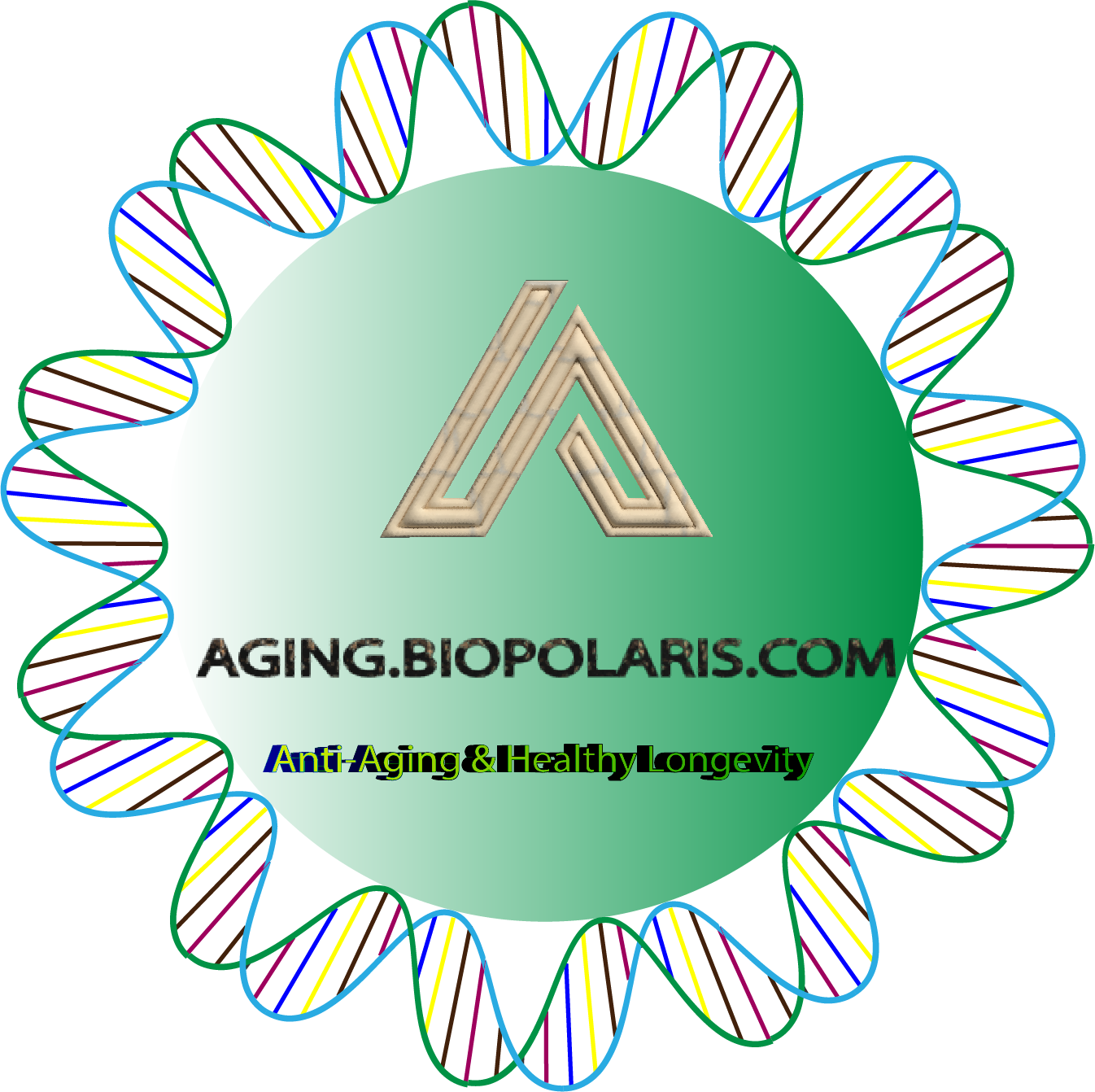Aggregator
A spatially informed matrix normal model for gene co-expression analysis in spatial transcriptomics studies
The rapid advancement of spatially resolved transcriptomics (SRT) technology enables gene expression profiling across tissue locations while preserving spatial context. Gene co-expression analysis in SRT data provides critical insights into how genes function together within the tissue microenvironment. However, existing methods fail to effectively capture the joint influence of gene-gene interactions and spatial dependencies, limiting their biological interpretability. Here, we introduce spMOCA...
Repair of female reproductive function by GDF-9-overexpressing extracellular vesicles via ACVR1B/SMAD2 regulation in ovarian granulosa
Aging in females is characterized by dysfunctional ovaries (DOs). While human umbilical cord mesenchymal stem cell (HucMSC)-derived extracellular vesicles (EVs) have shown promise in ameliorating DO, the mechanisms underlying their effects remain poorly understood. In this study, we investigated the therapeutic potential of growth differentiation factor 9 (GDF-9)-overexpressing EVs (GOEs) on granulosa cells. We identified the activin A receptor type 1B (ACVR1B) as a critical target for the...
miR-375-3p/STX6 Exacerbates Atherosclerosis by Promoting Endothelial Cell Senescence via Activation of TGF-Beta Signals
Atherosclerosis, a key pathological basis of cardio-cerebrovascular diseases, is closely associated with aging and endothelial cell senescence. The role of microRNAs (miRNAs) in regulating endothelial cell senescence and atherosclerosis remains incompletely understood. In this study, we discovered that miR-375-3p expression was significantly elevated in the serum of both aged and atherosclerotic mice. Overexpression of miR-375-3p induced endothelial cell senescence, evidenced by increased...
Preclinical Alzheimer's and vascular biomarkers alter brain aging in cognitively normal adults: a MRI-based study
INTRODUCTION: The aging global population underscores the need to understand brain aging and its links to neurodegenerative diseases. While most brain aging studies use cognitive impairment as exclusion criteria, preclinical biomarkers may influence results, potentially masking early pathological effects. This study evaluates how preclinical AD and vascular biomarkers impact brain aging models in cognitively normal subjects.
